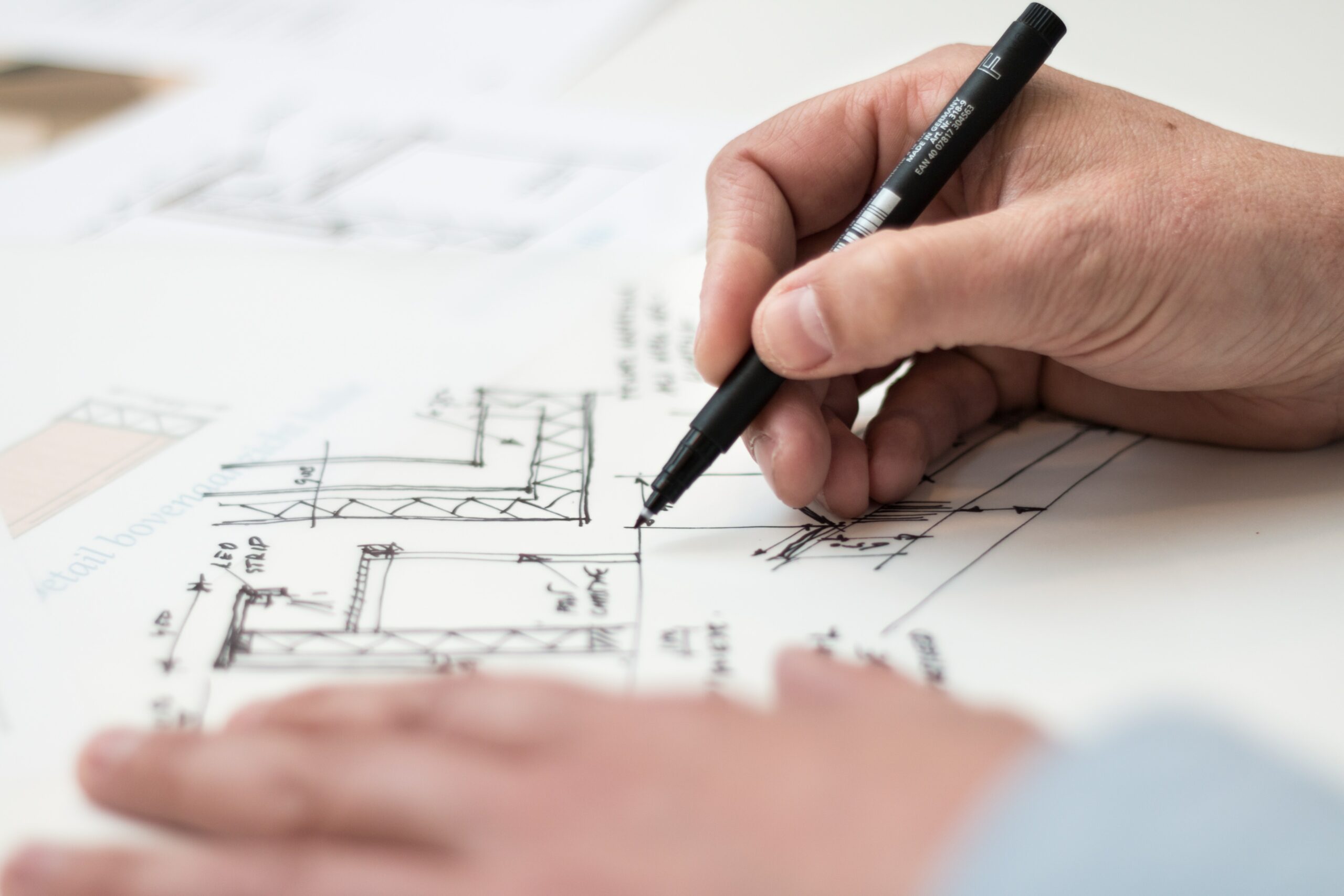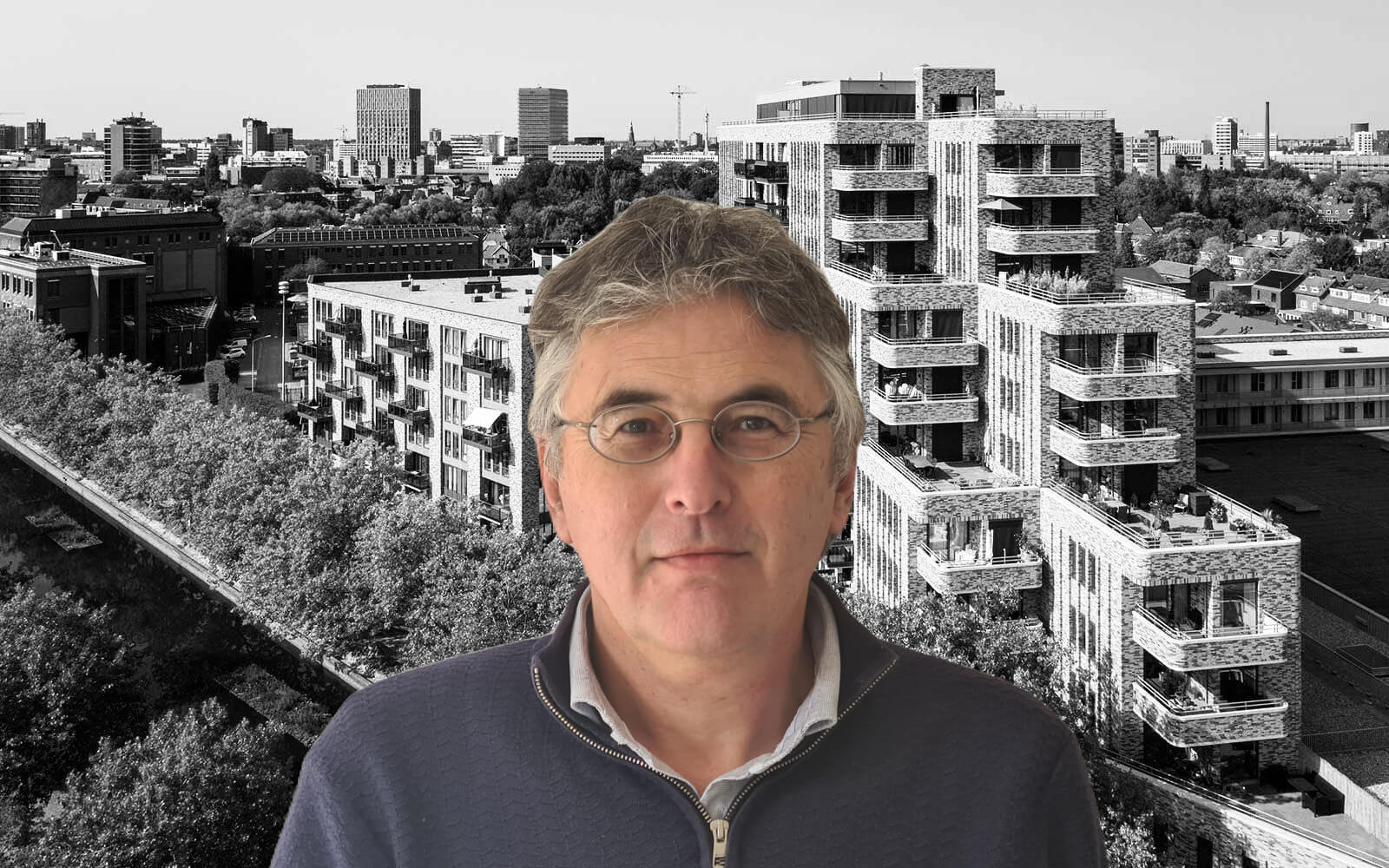
I describe myself as an architect. That says a lot, but by no means everything. Because, analogous to Queen Máxima who astutely observed that the Dutch person doesn’t exist, the same applies to architects. It is a broad, all-embracing container term, just like sustainability.
This is probably one of the reasons why architects just keep on existing. For millennia. And that is actually rather special because only 5 percent of the professions from the last century still exist. The rest, think of the lantern lighter and the hot water maker, have long since faded into oblivion. And as I see it, so will the vast majority of occupations from the current century as well.
Structural – here we go already – architects are, at their core, integrally analytically creative thinkers who develop a spatial vision. Relatable ideas that – not unimportantly – have to become material. Practical applicability, of course, helps in their survival.
Moving with the times
Another point is innovation. There you have that signal word again. By its very nature, the architectural industry moves with the times out of necessity, becoming more diverse and smarter in the process. This has to do, among other things, with the ever-evolving laws and regulations that very wisely aim to ensure that we continue to adapt our living environment in the face of changing conditions where energy, climate, demographics, mobility, inclusiveness, circularity and so on are concerned. That change is a constant in our profession. Never a dull moment. It should be noted that regulations are always a little bit behind our own thought models.
Then there are the unprecedentedly violent economic fluctuations that typify the industry. You may have already forgotten about that in these times of construction, construction, construction. But really not that long ago, the construction industry was in a very deep crisis where the number of architects was heedlessly decimated. These boom and bust cycles also encourage innovation. That’s one good thing at least.
Architects feverishly and constantly seek out new niches. They initiate innovation both inside and outside the existing system. And take the initiative themselves when it comes to commissions. Some also do product development and actually make the things they design.
1 in 10 designs
Another trend is chain integration. Under pressure from the tender model, the architect and the developer are integrating with each other more and more. This is essential because a degree of resilience is needed. If you build one out of ten designs made, then you can count yourself successful as an architect.
The focus on engineering also plays a major role. Some things cannot be solved conceptually; you simply need hard technology. More and more sophisticated technology is appearing everywhere, but especially in facades and roofs.
Many are also delving deep into BIMming. File to factory and there you have your building kit. And with Building Information Models you can generate results with probative value that you did not think of beforehand. That certainly makes an impression. Following on from that is parametric design where you describe a design in parameters. Evidence-based design: Give me a building where all the apartments have maximum daylight and a fantastic view. And at the same time, make sure that there is minimal shade or wind nuisance … Presses button.
Virtual reality
Then major steps are being taken to make designs experienceable through Virtual Reality where suddenly everyone can interact with the true scale and spatiality. It turns out that with VR glasses on, enthusiasm rises to unprecedented heights and you get different kinds of discussions. Enthusiasm is great, it brings out the best in people.
One thing has remained a constant: you have to define yourself in order to be able to have a conversation with others. An architect must ask good questions, visualize and give feedback. And thereby take the reins. After all, someone has to take responsibility. And offer good coffee, of course.
About this column
In a weekly column, alternately written by Bert Overlack, Eveline van Zeeland, Eugene Franken, Helen Kardan, Katleen Gabriels, Carina Weijma, Bernd Maier-Leppla and Colinda de Beer, Innovation Origins tries to find out what the future will look like. These columnists, occasionally supplemented by guest bloggers, are all working on solutions in their own way on the problems of our time. So that tomorrow will be good. Here are all the previous articles.








